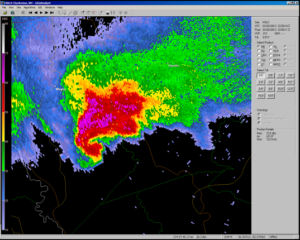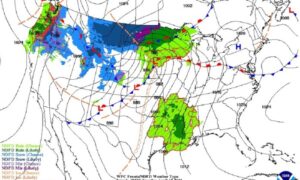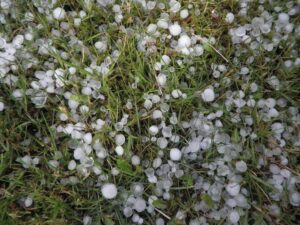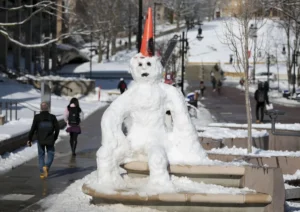Immediately after World War II, it became fashionable to imagine technologies that might allow human beings to control the weather.
In fact, one goal advanced by influential scientists was actually to explode nuclear bombs in the right locations and in the right quantity so as to alter the weather in favorable ways. Such an enterprise would require accurate forecasts of the weather thought possible by using the brand new computer technology to make the millions of requisite calculations.
The drive to use computer models for weather forecasting was initiated at a secret meeting at the U.S. Weather Bureau headquarters in Washington, D.C., on the rainy morning of Jan. 6, 1946. After a series of successes and setbacks that mostly discouraged the broad meteorological community, the first operational computer-generated forecasts were issued on the afternoon of May 6, 1955.
Thus, in less than 10 years the notion of computer-based forecasts went from dream to reality. In the intervening 67 years, the combination of increased theoretical understanding both of meteorology and computational science, increased observational capacity (a good deal of which stems from satellite data), and sheer hard work on the part of a legion of dedicated scientists has resulted in our current forecasting capability.
The fact that our ubiquitous smart phones give everyone access to quite reasonable forecasts several days in advance is the end result of what might be considered the greatest scientific advance of the second half of the 20th century. So, as you consult your phone for the forecast, remember that one of the first baby steps in the march toward the modern miracle of numerical weather prediction were taken 67 years ago Friday.
Steve Ackerman and Jonathan Martin, professors in the UW-Madison department of atmospheric and oceanic sciences, are guests on WHA radio (970 AM) at 11:45 a.m. the last Monday of each month. Send them your questions at stevea@ssec.wisc.edu or jemarti1@wisc.edu.






